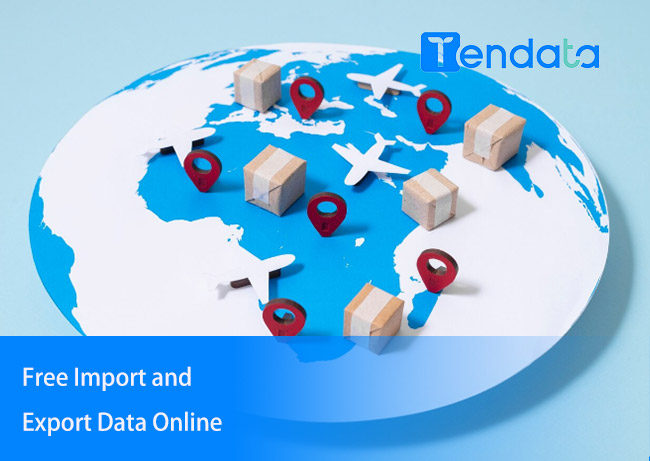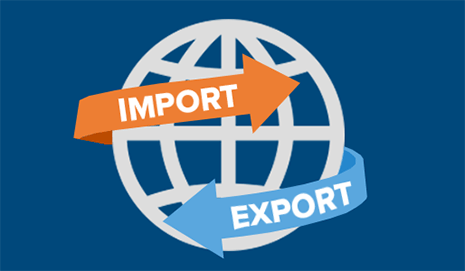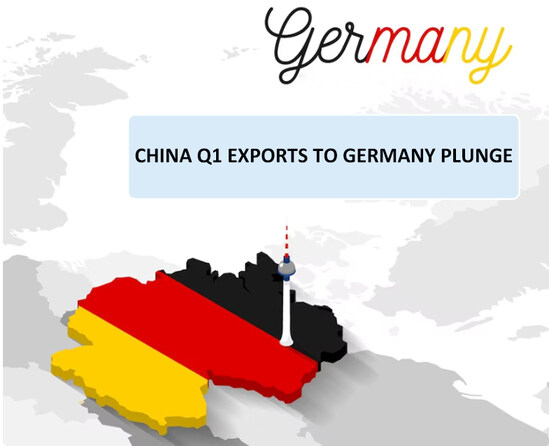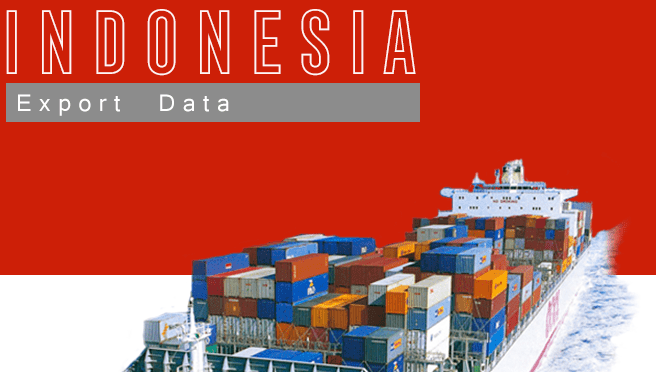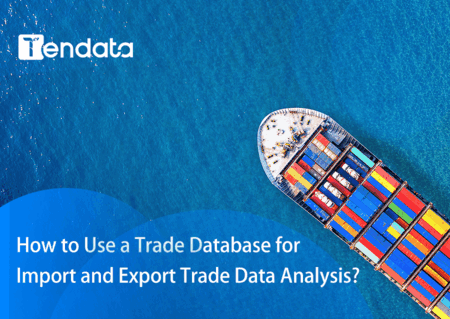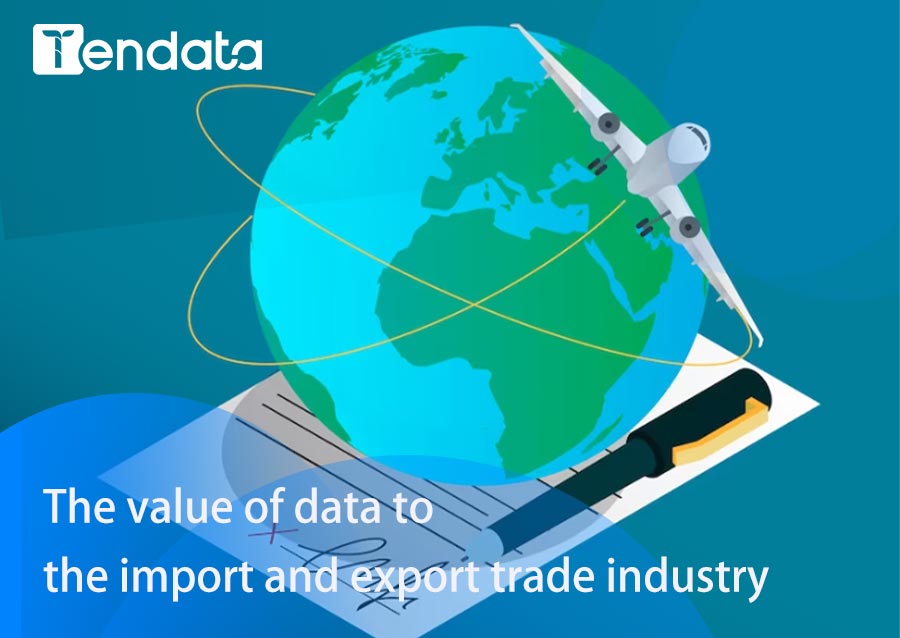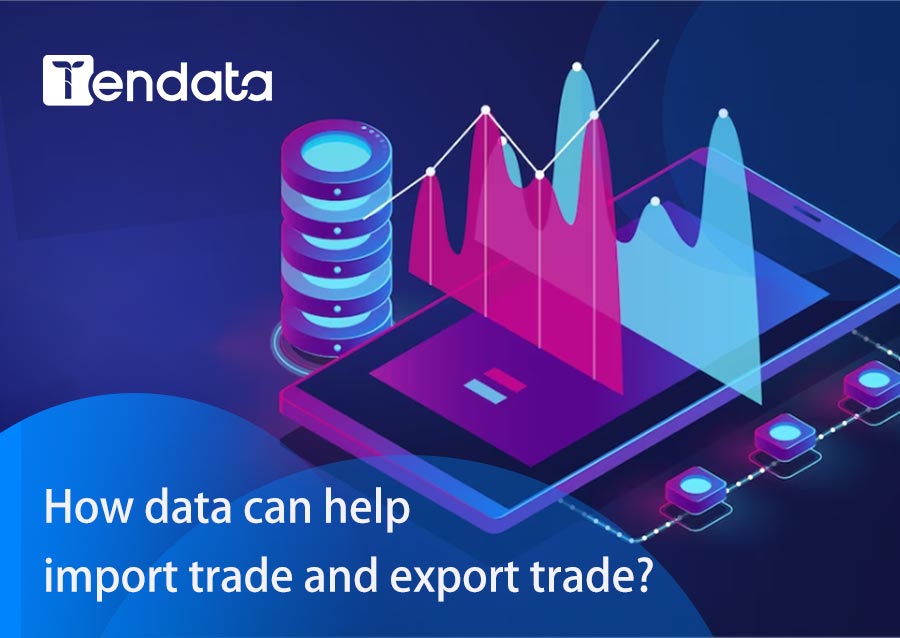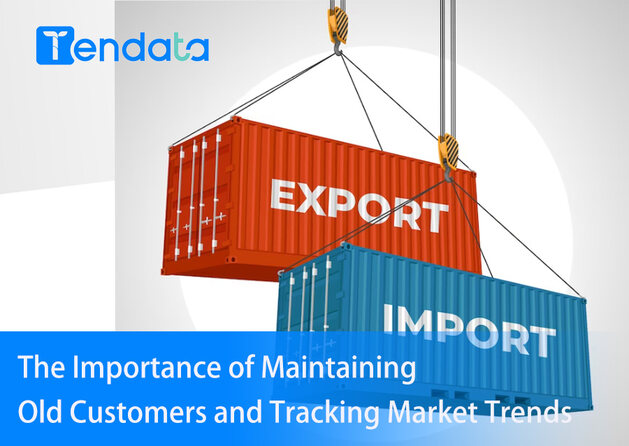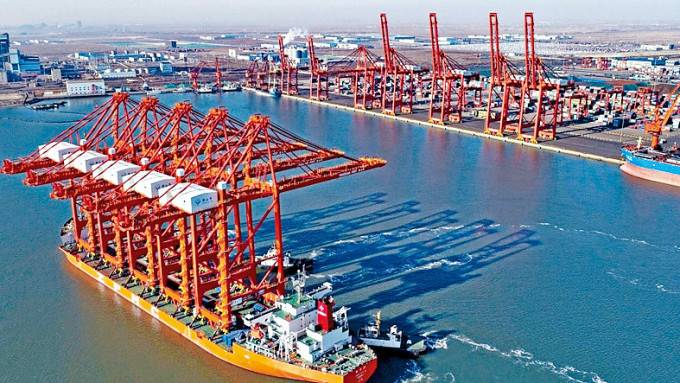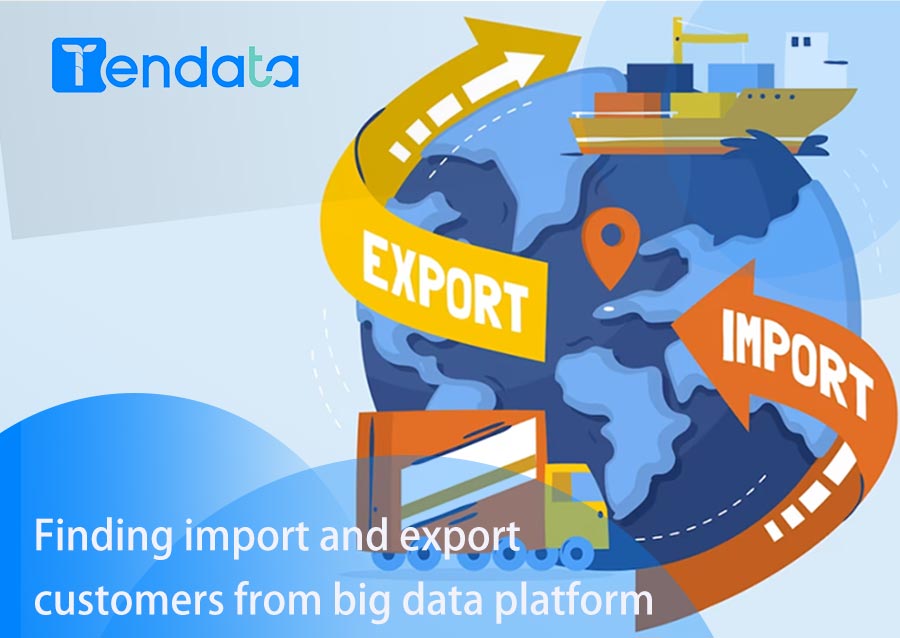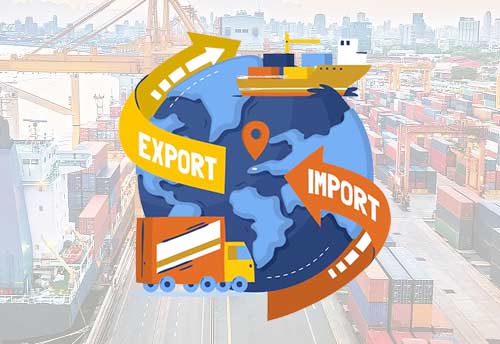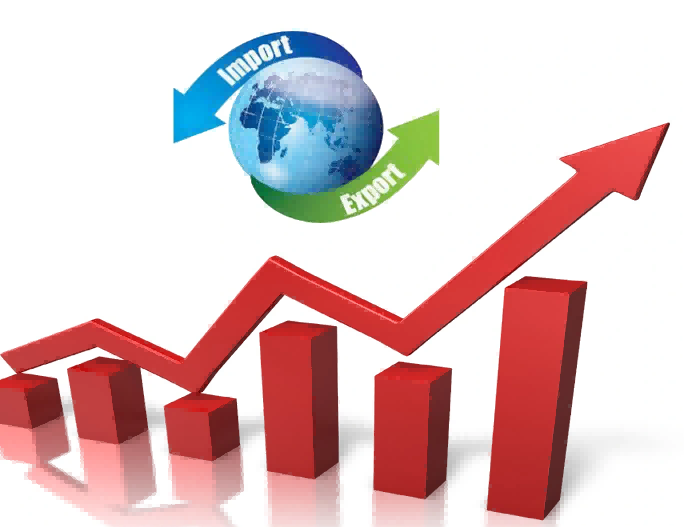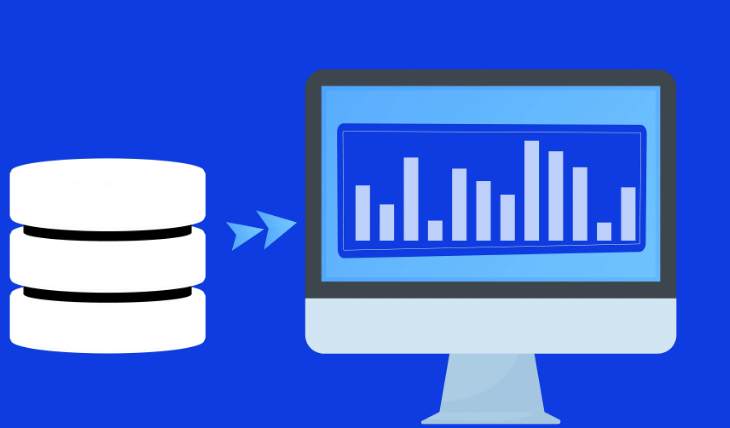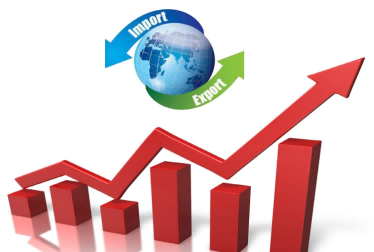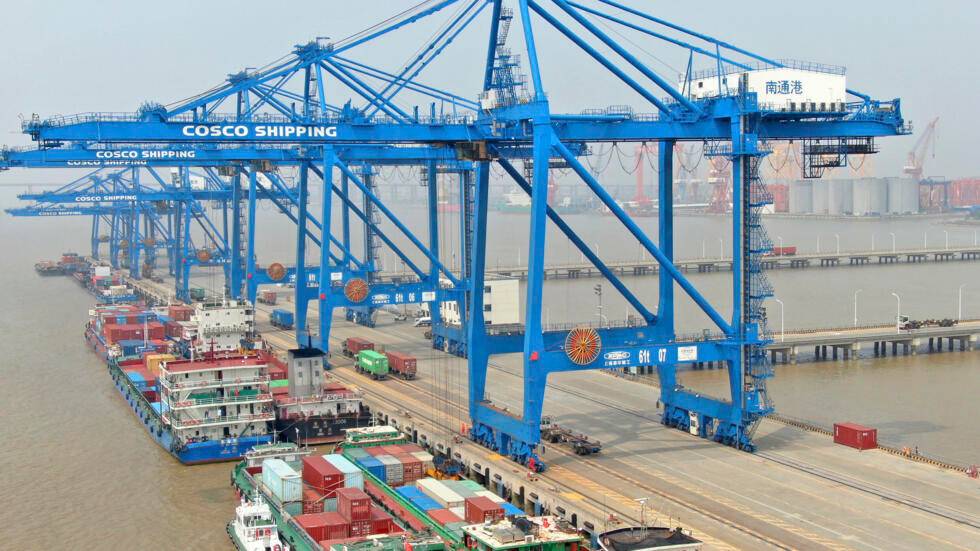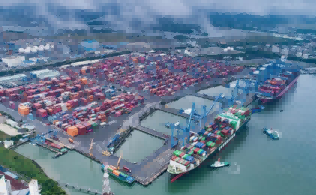 Trade Data Provider
Trade Data Provider
 13-11-2023
13-11-2023
The global market landscape is an intricate web of evolving trade patterns, market demands, and strategic opportunities. To navigate this complex terrain and expand businesses, leveraging trade analysis becomes imperative. By assessing and understanding the dynamics of trade, enterprises can make informed decisions, identify trends, and gain valuable insights to propel their growth.

1. Assessing Current Export Status and Trends
Understanding the current export status of products or a country is fundamental. Analyzing the existing data regarding the export landscape offers a snapshot of the market dynamics. For instance, identifying which products are leading in the export market, the destinations they are shipped to, and the prevailing demand trends aids in devising effective strategies for market penetration and product development.
2. Real-time Access to Historical Trade Data
Accessing real-time and historical trade data is akin to having a window to the evolution of market trends. Hundreds of millions of updated historical trade records enable businesses to make well-informed decisions based on accurate and current information. It serves as the foundation for market trend analysis, aiding in predicting changes and understanding market fluctuations.
3. Expanding Business Opportunities
Exploring a vast database of buyer profiles worldwide opens avenues to new business relationships and expansion opportunities. Understanding potential buyers across the globe facilitates broadening one’s business reach, establishing partnerships, and fostering sales strategies tailored to diverse markets.
4. Competitive Market Analysis
Competitive market analysis isn't merely about assessing rivals; it's about identifying key market indicators that set businesses apart. By focusing on these markers, one can unearth distinct market dynamics, spot emerging opportunities, and gain a competitive edge. It involves staying ahead in the market by utilizing the latest market insights, understanding industry trends, and identifying growth areas.
5. Strategic Planning with Data-Driven Insights
Data-driven decision-making forms the cornerstone of strategic planning in trade analysis. With access to vast trade datasets, businesses can formulate strategies backed by comprehensive data insights. This approach helps in not only understanding market movements but also in aligning future business objectives with emerging market trends.
Conclusion: Leveraging Trade Analysis for Global Business Expansion
the power of trade analysis in expanding businesses cannot be overstated. By tapping into global trade data, businesses gain a competitive advantage, foresee market changes, and identify growth opportunities. Real-time access to trade data, coupled with strategic analysis, forms the crux for informed decision-making, enabling companies to navigate the global market with confidence and purpose.
The Role of Customs Data
>>>Click to Get FREE ACCESS TO CUSTOMS DATA from 80+ Countries<<<
In global trade, it is crucial to recognize the significance of customs data. When customs data is effectively aligned with business development, it greatly enhances the volume of global trade operations. Below, Tendata will elucidate three key applications of import and export data:
1. Market Analysis
Analyzing market trends and frontiers involves assessing market demands across different regions and juxtaposing product prices. This facilitates the selection of target markets with high profitability and substantial demand. Simultaneously, by querying customs data, one can gain insights into product market distribution and changing trends, enabling timely adjustments to marketing strategies.
Tendata iTrader provides access to customs data from over 80 countries (>>>Click to GET FREE ACCESS TO CUSTOMS DATA from 80+ Countries<<<), along with business data from 198 countries and over 10 billion trade records. Through multidimensional aggregation and analysis of global market information such as buyers, suppliers, countries of origin, trading cycles, and trade ports, Tendata deeply dissects target markets. This enables the formulation of guiding marketing strategies, product strategies, and competitive strategies. It optimizes production and logistics systems, achieving precision targeting. (>>>Click to GET SAMPLE DATA ONLINE<<<)

2. Customer Development
Customer development is a widely used function that involves finding potential high-quality customers through product keywords, HS codes, or filtering based on transaction frequency, scale, traded products, and trade partners. Coupled with contact information, this approach facilitates direct engagement with buyers.
Tendata combines trade data from 208 countries, business data from 198 countries and regions, and internet data from 141 countries to create a comprehensive database. With instantaneous search results, global target customers are presented in 0.01 seconds (>>>Click to Apply for Free Trial Data<<<).

3. Customer Acquisition
Customer acquisition involves examining changes in customers' trade partners to understand whether they are engaging new suppliers and if there is a need to optimize current approaches. This can also be used to analyze peer-to-peer transactions and understand peer pricing. At times, data can reflect the customer situations of peers, aiding in customer acquisition.
Tendata's in-depth customer information assists in analyzing detailed buyer profiles and provides contact details for numerous high-level executives. This represents invaluable sales material (>>>Click to Apply for Free Trial Data<<<).
Today, Tendata from Shanghai shares the extended value brought by customs data. They eagerly anticipate gradually highlighting the value of utilizing these combinations of customs data in the subsequent data functionality services of global trade Link (>>>Click to Learn More<<<).
Category
Leave Message for Demo Request or Questions


 T-info
T-info T-discovery
T-discovery

 My
Tendata
My
Tendata Market Analysis
Market Analysis Customer
Development
Customer
Development Competitor
Monitoring
Competitor
Monitoring Customer Relationship
Customer Relationship



